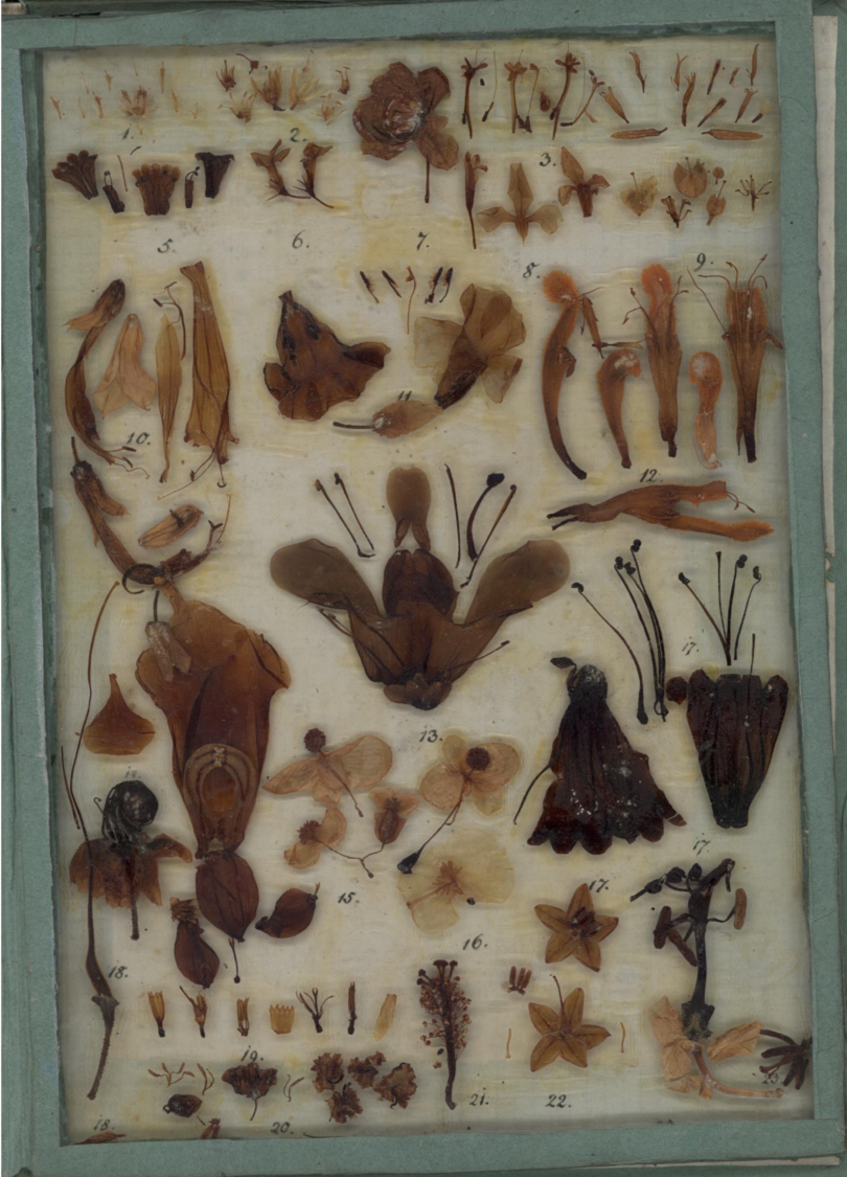Interview with Dr. Semih Çelik (Andreas Tietze Fellow 2019)

A wealth of material Karl Eduard Hammerschmidt/Abdullah Bey collected in the Ottoman Empire is deposited at the Naturhistorisches Museum Wien
Interview with Dr. Semih Çelik (Andreas Tietze Fellow 2019)
Dr. Semih Çelik spent one month in Vienna as Andreas Tietze Fellow for his project "A Veritable Child of Vienna – despite the Turkish name’: Macarlı Abdullah Bey of Vienna and the Natural History Museum in Istanbul (1849-1874)"
Would you briefly introduce yourself?
I am an (aspiring) environmental historian with a Ph.D. degree in History from the European University Institute in Florence, and at the moment a postdoctoral fellow at Koç University Research Center on Anatolian Civilizations in Istanbul.
What are you currently working on?
Since the beginning of my Ph.D. studies in 2010, I have been working extensively on the 19th century Ottoman environmental history, with a particular focus on the transformation of human-nature relationships in the first half of that century. The two topics that I have recently started focusing on are the agricultural and environmental history of western Anatolia between the 1830s and 1870s, and a connected/global history of natural history museums founded in 19th century Istanbul and the networks of scientists, plant/fossil/animal/mineral collectors, and bureaucrats around these museums.
Why did you apply to the Andreas Tietze Memorial Fellowship?
Vienna hosts one of the largest natural history museums in the world, and has been a crucial center for exchange and communication for natural history museums and plant, fossil and mineral collectors from all around the world. My motivation in applying to the Andreas Tietze Memorial Fellowship was to conduct preliminary research at the archives of the Naturhistorisches Museum of Vienna on Karl Eduard Hammerschmidt/Abdullah Bey who got actively engaged in the collection and exhibition of natural history objects in Istanbul from 1848 until the end of his life in 1874. Doing so, I wanted to understand the nature of networks of exchange between natural history museums/scientists in Istanbul and the museum in Vienna.
How did the fellowship contribute to your research?
The fellowship gave me the opportunity to get familiar with the structure of the archive of the Naturhistorisches Museum in Vienna and gather textual and visual material that fill gaps in my previous research in the Ottoman Archives in Istanbul on natural history museums in 19th century Istanbul. The research in Vienna allowed me to penetrate into the material and mental world not only of Hammerschmidt, but also of other scientists who were active in Istanbul in the 1850s and 1860s.
Do you want to publish your research or present it to academic community? How will it go further?
The preliminary results of my research in Vienna will be published in the November issue of the Turkish semi-academic journal Toplumsal Tarih, co-edited by myself and Dr. Nurçin İleri. Also, I will have the opportunity to present my findings in front of a public audience on 10 October 2019, at the Istanbul Research Institute as part of the Chamber Talks series.
